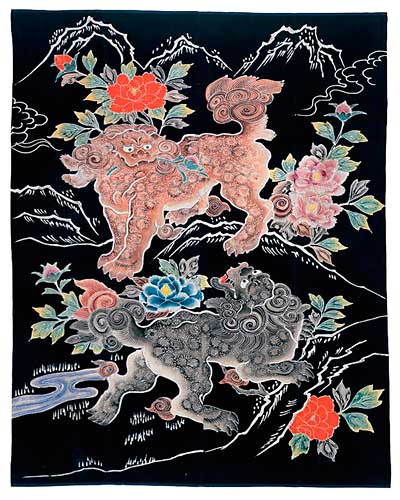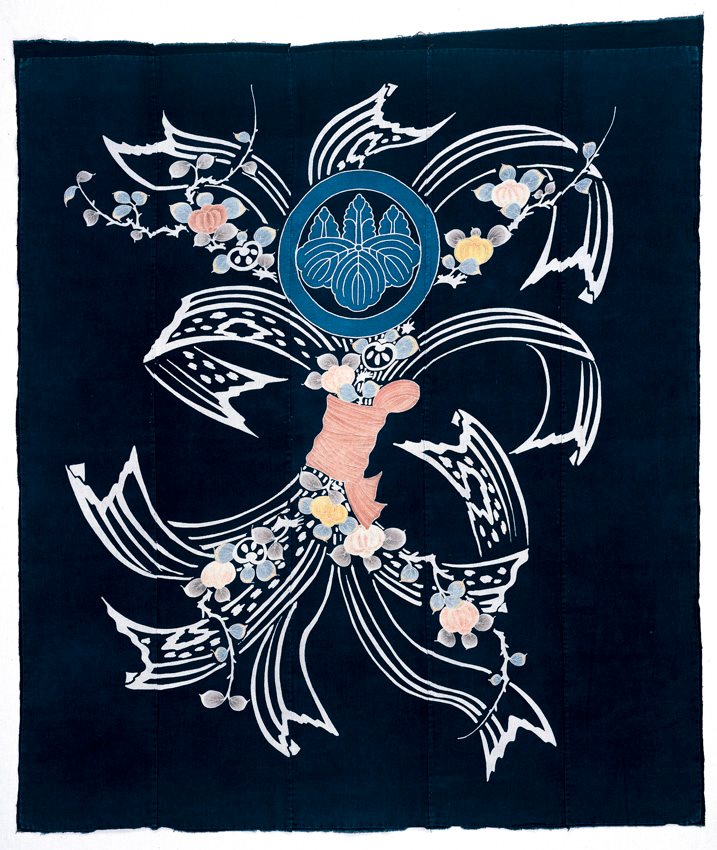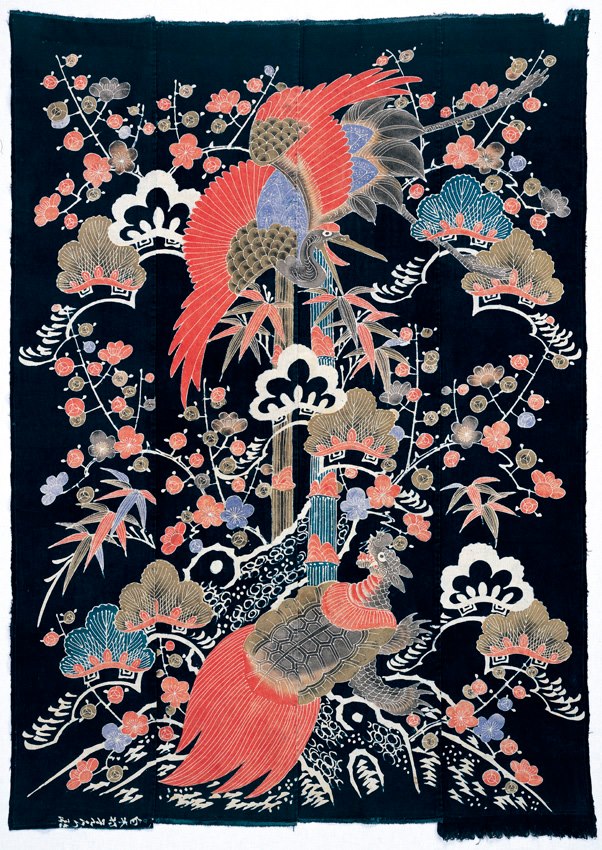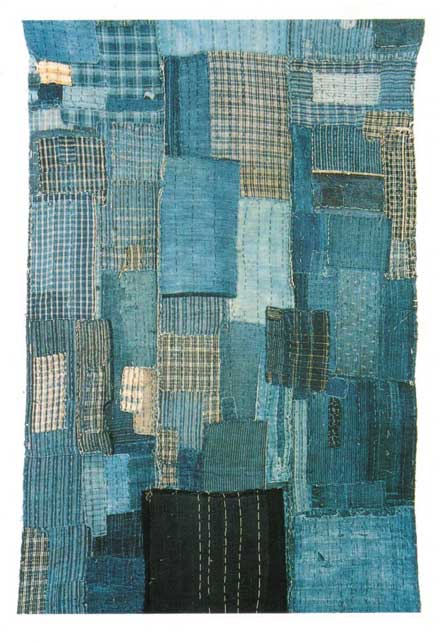The Housuido Collection
Collected by my father Yoshiyuki Mizuno (1924-2004) who regretted the decline of farm village culture. The collection contains several thousand items, mainly Mingu (handmade tools used by the common people, mostly made of natural materials) and folk crafts.
In particular he collected passionately old cloths of indigo dyes. He must have witnessed many lives through these cloths that tell stories of weavers, dyers and the people who used them.
Housuido is the name of our ancestor who was a dyer about 100 years ago when people had a closer relationship with nature. Every article in this collection was once used in everyday life. The spirit of our ancestors can help us solve the problems of modern society.
I hope many people see this collection and can witness the Japanese mind. I would especially like this exhibition to be seen by children to pass on the wisdom of ancient people. I believe it gives them power to live.
Housuido Collection Chief Curator Keiko Mizuno
1. Background
It is the collection by Yoshiyuki MIZUNO(1924-2004).
Housuido is the name of his ancestor’s dyer’s shop. In 1890, his great-grandfather, Shunji Mizuno(1852-1938) managed the Indigo dye shop by using spring water. In the middle of Meiji era, however, cheaper and easier synthetic dyes came in from Germany in 1898 and soon it spread out all over the country. Naturally, the dyer’s business in the villages became unprofitable and the shops disappeared one after another. Housuido was not the exception and had to close the shop after just one-generation duration. Yoshiyuki Mizuno has left his hometown in 1956. He, however, felt nostalgic and very sorry that the farming culture was lost rapidly. So he started to collect the outdated tools of agriculture. He devoted in collecting especially the old indigo dye clothes remembering an ancestor’s dyer’s, with strong attachment and careful selection over 30 years. This was the start of the HOUSUIDO COLLECTION.
2. Main collection
Old indigo textiles (resist 300, ikat & stencil 100, rag 100).old glasses, clay dolls, signboards, old crafts, farm tools of the 19th century, etc.
Old indigo dye textile: All cloths of collection were used in people’s daily lives. Natural indigo used all over the world from ancient times. It has various attraction and ancestor’s wisdom. The indigo blue is one of the representative Japanese colors. This color is expressed with many beautiful Japanese words. Japanese indigo grass is strong and easy to plant. It is fermented with ash of broad-leaved forest. It is the sustainable culture with nature in the country of Japan.
(1) TSUTSUGAKI
Hard-drawn paste-resist dyeing, takes its Japanese name from the tube device used, in the manner of a cake-icing-tool, to place resist paste made from rice. Many auspicious omen motives are drawn at will. There are local features in the design.
There is a cloth in which a typical men’s name of the latter Edo era was written.
MAGOZOROE is a gift for the grandchild (diaper, bath towel, and sling).
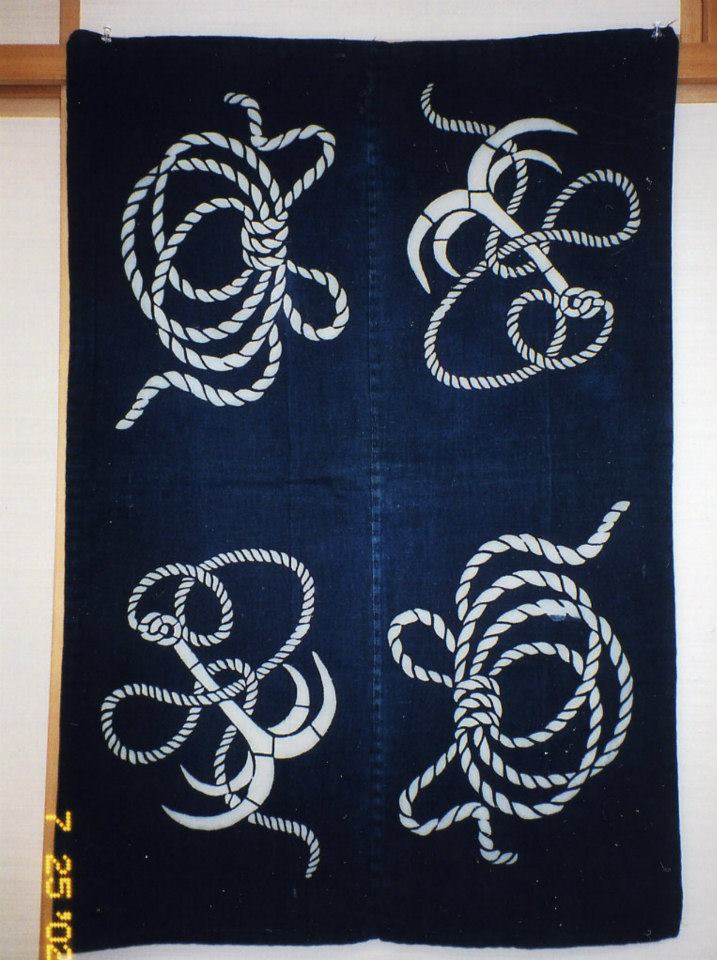
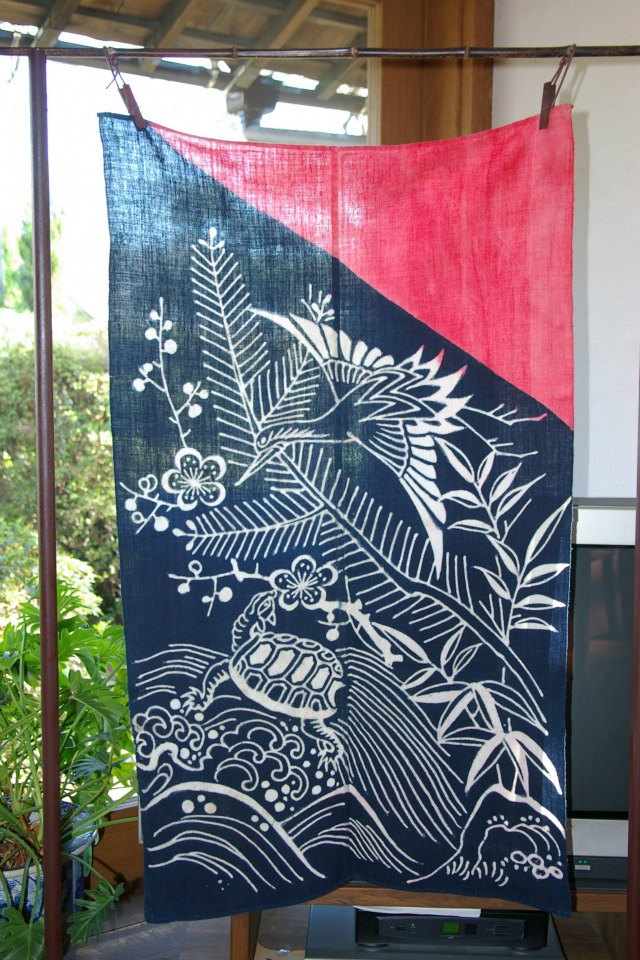
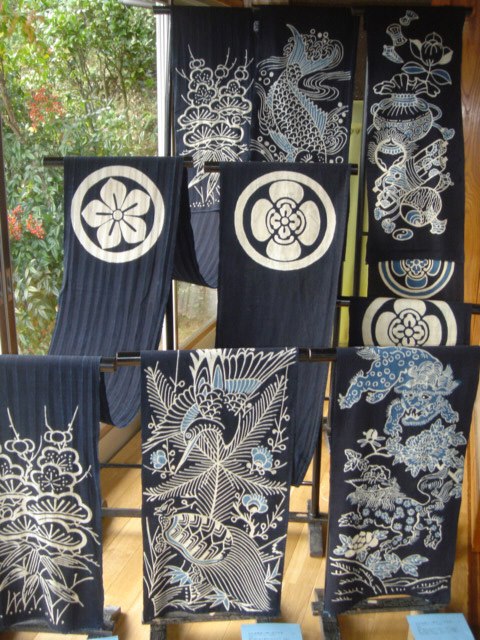
We can feel spirits of many people, who ordered the textile, who made it, and who used it. The various natural dyes and pigments are also interesting.
(2) Ikat・stencil
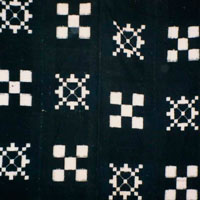
Cloths commonly used in daily life. They have various devices and designs.
(3) RANRU
Rags used with care by putting patches on one after another till it got worn out completely. Faded colors and touch are marvelous. They teaches us that a cloth was a treasure until the automaticloom spreads, and give a deep impression. Every pieces talks is the history of Japanese cloth and a sample of handwork to be handed to posterity.
(4) Exhibitions
- 2013.2.16 ~4.7 ‘A castle of love with the indigo plant‘
- Hiroshima Castle Museum, Hiroshima Japan
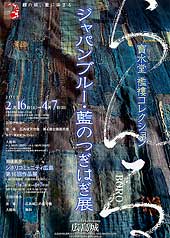
- 2011.9.2 ~10.10 ‘Each thought’ Doll & Ranru
- Okuda Museum, Hiroshima Japan
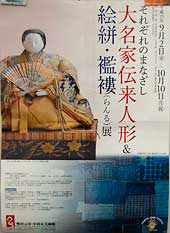
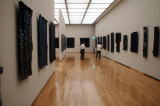

- 2011.8.21 ~ 8.28 ‘Iconographic images of the people’
- Meiji university Museum, Tokyo Japan
- 2010.5.17 ~ 6.23 The world of indigo-dyed cloth: ‘Praying for the happiness of a new daughter’
- Okuda museum, Hiroshima Japan
- 2010.2.26 ~ 4.4 ‘The warmth of living’ , Housuido Cloth & tool Collection
- Hiroshima Prefectural Museum of History, Hiroshima Japan
- 2009.1.3 ~ 2.8 ‘The beauty of Japanese cloth patterns’
- Kumamoto International Folk Craft Museum, Kumamoto Japan



- 2009.8.1 ~ 8.31 ‘The hope of the design’ , Indigo dyeing with glass
- Odawara Castle Art Museum, Kanagawa Japan
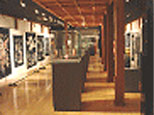
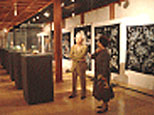
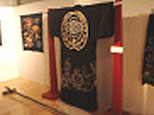
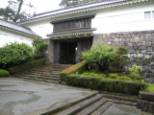
- 2007.9.29 ~ 10.1 Indigo-dyed cloth - Prayer for happiness
- Gallery Te (Hand), Hiroshima Japan
- 1996.11.8 ~ 11.13 Indigo-dyed Futon cloth & Ranru
- TOTO Hiroshima showroom, Hiroshima Japan
